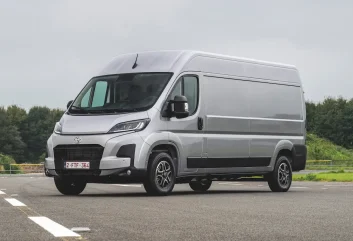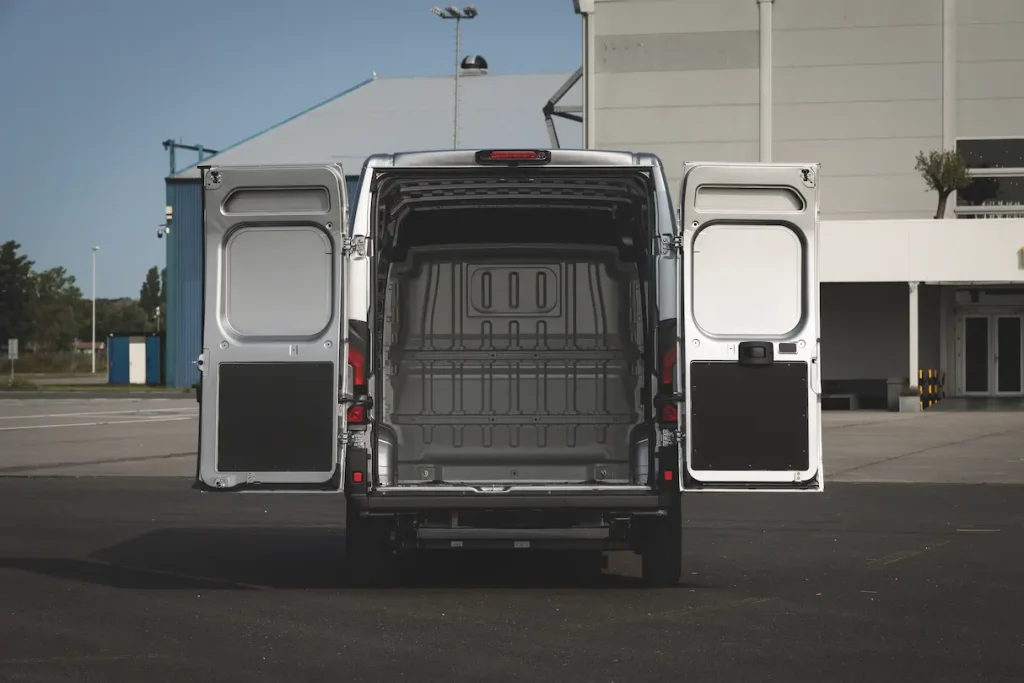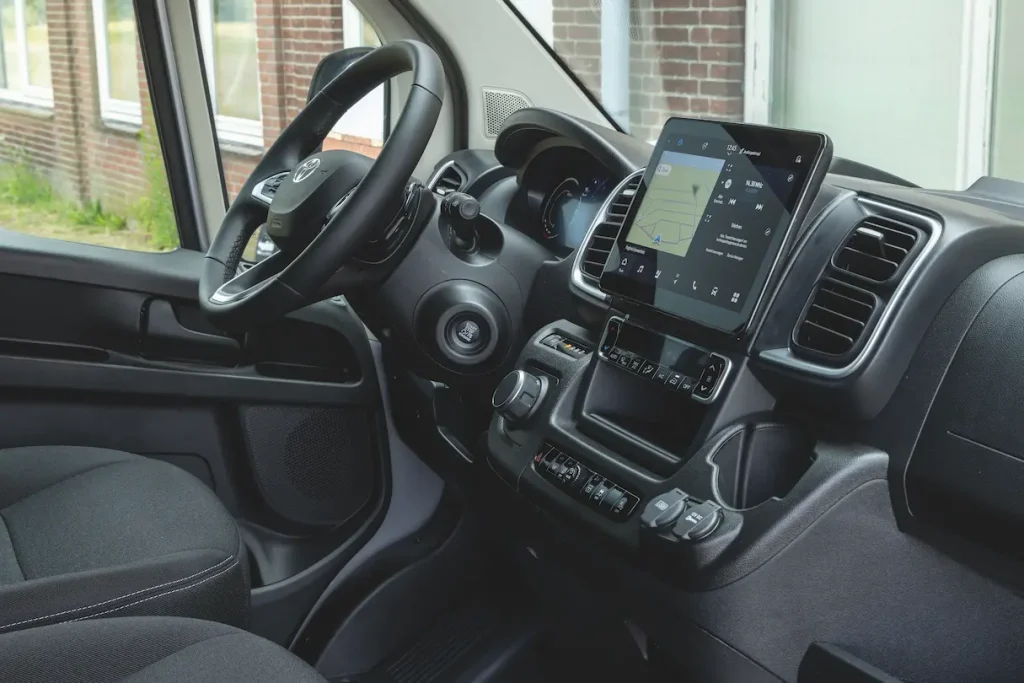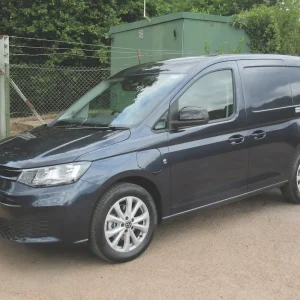
Since re-entering the UK van market in 2016 with the introduction of the medium-sized Proace, Toyota has quietly but steadily gone about establishing a foothold in the sector for itself.
It added the compact Proace City to its range three years later and created the Toyota Professional brand to provide its LCV division with a distinct identity. It has now completed its van line-up with the launch of the large Proace Max. All of these vans are available as both ICE and BEV models and all are built on Stellantis platforms, which means they have more than a little in common with the equivalent vans from Citroen, Peugeot, Fiat Professional and Vauxhall.
In the UK, the Proace Max is offered in three heights and three lengths and in panel van, chassis cab, platform cab, dropside and one and two-way tipper guises from the factory. Toyota Professional says other bodystyles, such as Lutons and refrigerated vans are up for grabs from its conversion partners. The manufacturer forecasts that the L3H2 derivative will be the best seller.
Load volumes across the Proace Max range go from 10m3 to 17m3, and payloads for both diesel and electric versions go up to 1,500kg.
Access to the load bed is via rear doors opening to 270º and a nearside sliding
side door.
Powertrain options
The ICE Proace Max marketed in the UK is powered by a 2.2-litre diesel engine with an output of 140hp. This engine is paired with either six-speed manual or eight-speed auto boxes giving, 350Nm or 380Nm respectively.
The Proace Max Electric is equipped with a 110kWh lithium-ion battery that can be recharged to 80% in 55 minutes with a 150 kW fast-charger, according to Toyota. The vehicle comes with an 11kW AC onboard charger to support charging overnight and a 22kW AC charger is promised for 2025.

An electric motor produces 200kW (270hp) of power and 410Nm of torque. With a claimed range of up to 261 miles, the Proace Max Electric looks like a viable option for operators who need to cover reasonably long distances in one go but who are looking to make the transition from diesel to electric vans.
The driver can adjust performance with three drive modes to suit their preferences by using a button next to the shift selector on the central console.
ECO mode optimises the driving range, limiting power output to 120kW (163hp). This is the one to use when not carrying a heavy load or when returning to base having unloaded the cargo. Normal mode aims to provide a balance between power and efficiency by restricting output to 160kW (218hp) and is likely to be the most flexible option for most missions. Power mode puts the emphasis on peak performance, allowing the system to deliver its full 200kW (270hp) potential and is the mode to select when carrying a full payload or when tackling steep hills with goods on board.
In addition to the driving modes, a regenerative braking system captures kinetic energy generated during deceleration and braking and feeds it back as electric power to charge the battery. The driver can select the required level of regenerative braking using paddle shifts mounted on the steering wheel. There are four levels to choose from, giving different degrees of deceleration when the driver lifts off the accelerator pedal. The higher the level, the faster the vehicle will slow down and the greater the level of energy that will be recovered. This is ideal for city routes where it enables one-pedal driving while the least retardative setting is more suited to A-road or motorway journeys where coasting can be used to save energy through reducing the need to use the accelerator.
interior tech
The Proace Max Electric is available in Icon grade only, but a decent level
of specification is offered. A multimedia system with a 10in high-definition touchscreen is the focal point in the cabin. The package includes an embedded SIM card to access cloud-based navigation with 3D-mapping and allows real time local feedback-based traffic information. Other features are voice recognition that responds to spoken commands, bluetooth and DAB radio. The dashboard features a 7in colour instrumentation display.

Safety aids include pre-collision system with pedestrian and cyclist detection, lane departure alert, lane trace assist, crosswind assist, cruise control, road sign assist and driver attention alert.
We got behind the wheel of the H2L3 Proace Max and found performance to be impressively brisk and handling crisp. The big van is easy to manoeuvre in urban situations and the ride quality is smooth in all conditions and pleasantly quiet even at high speeds where wind noise is not too intrusive. The cabin is airy and comfortable with a decent amount of storage space provided.
Toyota Professional offers the Proace Max with its warranty of up to 10 years or 100,000 miles.
| Model | Toyota Proace Max Electric H2L3 |
| Price (ex VAT, inc PIVG) | £51,988 |
| Price range (ex VAT, inc PIVG) | £51,988 – £53,613 |
| Warranty | 10yrs/100,000mls (battery 8yrs/62,000mls) |
| Service intervals | 25,000 mls (est) |
| Load length | 3,705mm |
| Load width (max) | 1,870mm |
| Load bay height | 1,932mm |
| Gross payload | 1,365kg |
| Load volume | 13m3 |
| Engine size/power | 270hp electric motor with 110kWh battery |
| Range | 260 miles |
| CO2 | 0g/km |
| On sale | September 2024 |
| Key rival | Renault Master E-Tech |
| Verdict | The Proace Max Electric is refined, comfortable and a practical load carrier that could suit fleets transitioning to electric vans. |
| Score | 8/10 |





